Looking for a new TV can feel overwhelming, but you don’t need to be a tech guru to make a solid choice. In this guide we’ll break down the core things you should check – screen size, resolution, panel type, and the cables that actually matter. By the end you’ll know which model fits your room and budget, and how to hook it up without any guesswork.
First up, screen size. A good rule of thumb is to sit at a distance that’s 1.5 to 2.5 times the diagonal measurement. That means a 65‑inch TV looks best from about 8‑10 feet away. If you have a smaller living room, a 55‑inch panel will give you a crisp picture without forcing you to the back of the room.
Next, resolution. 4K offers four times the pixels of 1080p, so you’ll see finer detail, especially on larger screens. The jump is most noticeable when you watch HDR content or play next‑gen games. If most of your media is still 1080p, a good upscaler in the TV can smooth things out, but you’ll get the biggest bang for your buck with a true 4K panel.
Panel technology matters too. QLED shines with bright rooms and punchy colors, while OLED (or its cheaper cousin, Crystal UHD) delivers deeper blacks and wider viewing angles. Think about where you watch – a sun‑filled lounge favors QLED, a dim home theater leans toward OLED‑style displays.
Don’t forget smart features. Built‑in streaming apps, voice control, and quick‑launch shortcuts can turn a plain screen into a full entertainment hub. Make sure the TV’s operating system feels smooth and that your favorite services are supported out of the box.
Now that you’ve picked a model, let’s get it talking to your other gear. The most common stumbling block is HDMI. A standard HDMI 2.0 cable will handle 4K at 60 Hz, which covers most movies and games. If you plan to use a next‑gen console or want 4K at 120 Hz, look for HDMI 2.1 – often marketed as “8K HDMI” but fully backward compatible.
Checking a cable’s specs is easy: the cable’s packaging (or the label on the connector) should mention “HDMI 2.0” or “HDMI 2.1”. If you can’t find it, a quick online search of the brand and model will confirm the version. No need to buy pricey gold‑plated cables unless you run a professional setup.
Audio can be simple too. Most TVs send sound through an optical output or HDMI ARC/eARC to a soundbar or receiver. ARC works fine for stereo or Dolby Digital; eARC is needed only if you want lossless formats like Dolby Atmos.
Finally, calibrate your picture. Most TVs ship with a vivid or dynamic preset that looks flashy but can wash out detail. Switch to a “Standard” or “Cinema” mode, adjust brightness so black isn’t gray, and set the contrast so whites stay white without clipping. A few minutes of tweaking makes every show look closer to the creator’s intent.
With the right size, panel, and cables, your new TV will feel like a custom‑built home cinema without the hassle. Browse our current deals, compare specs side‑by‑side, and you’ll be streaming, gaming, and binge‑watching in no time. Happy watching!
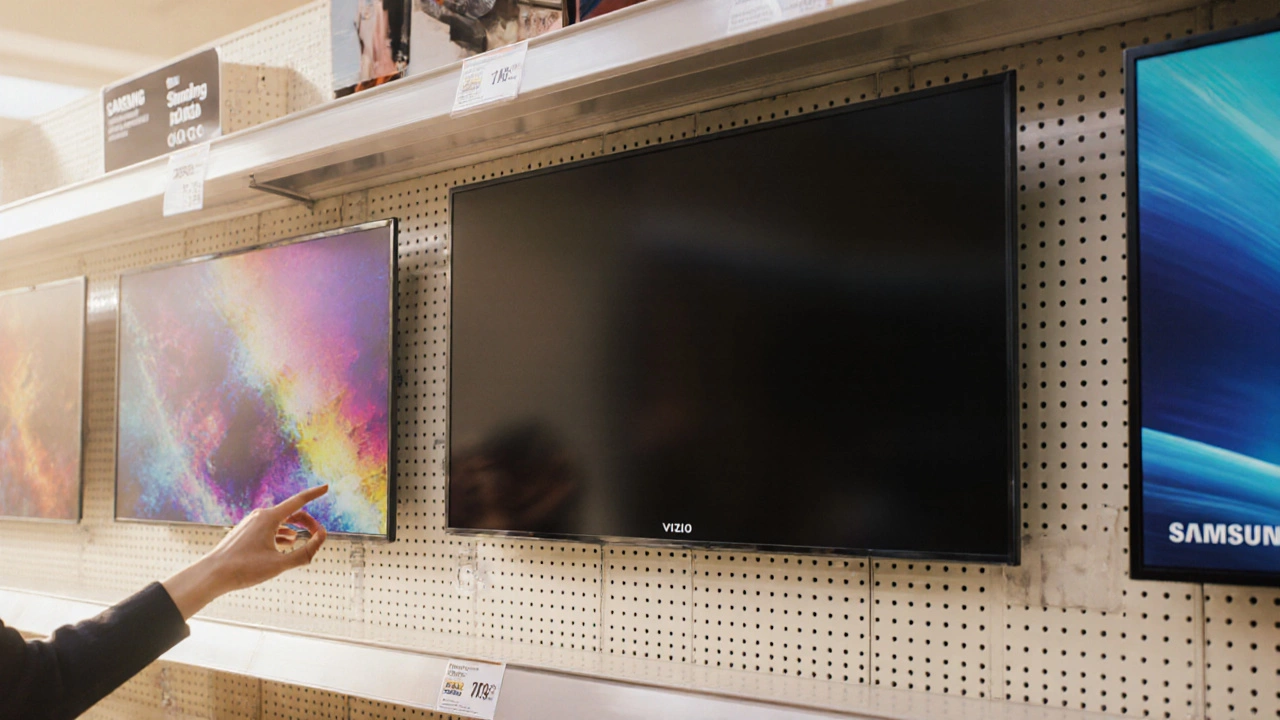
Find out if Vizio is truly a low‑end TV brand by examining its pricing, picture quality, features, and how it stacks up against Samsung, LG, and Sony in 2025.
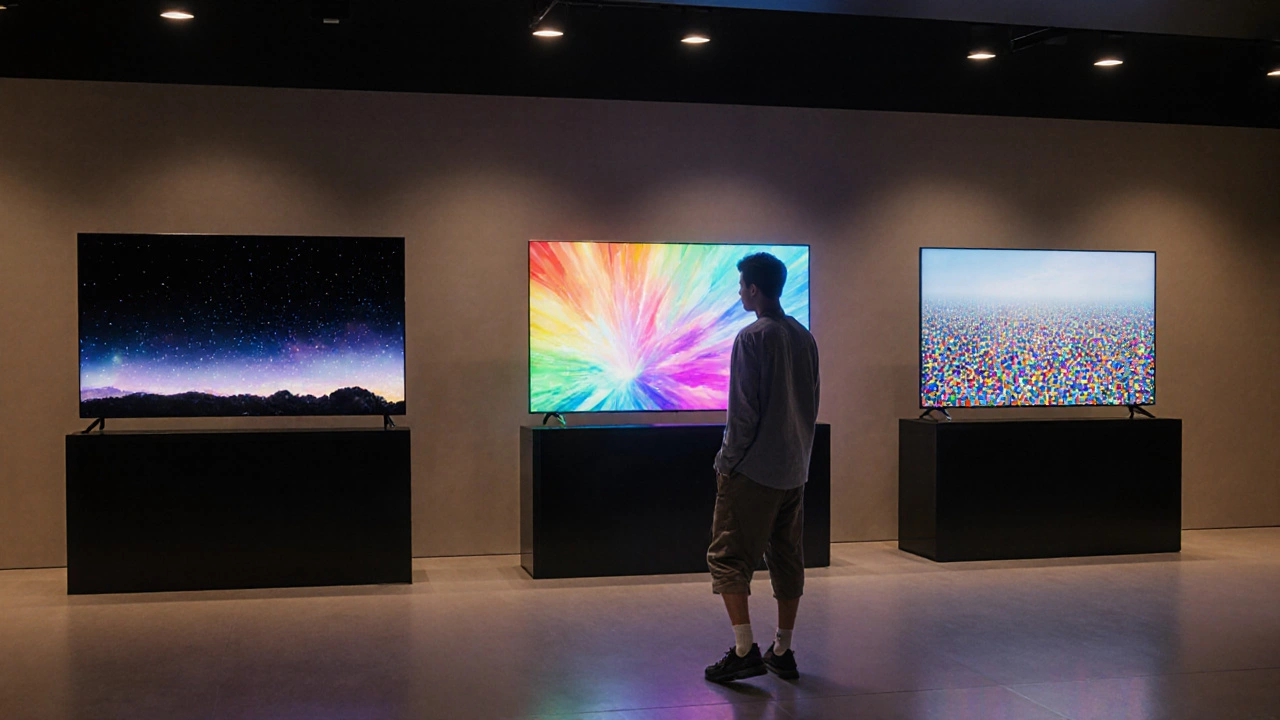
Compare 4K, QLED and OLED in 2025 to find the best TV for your room, budget, and viewing habits. Get clear specs, pricing, and buying tips in one guide.
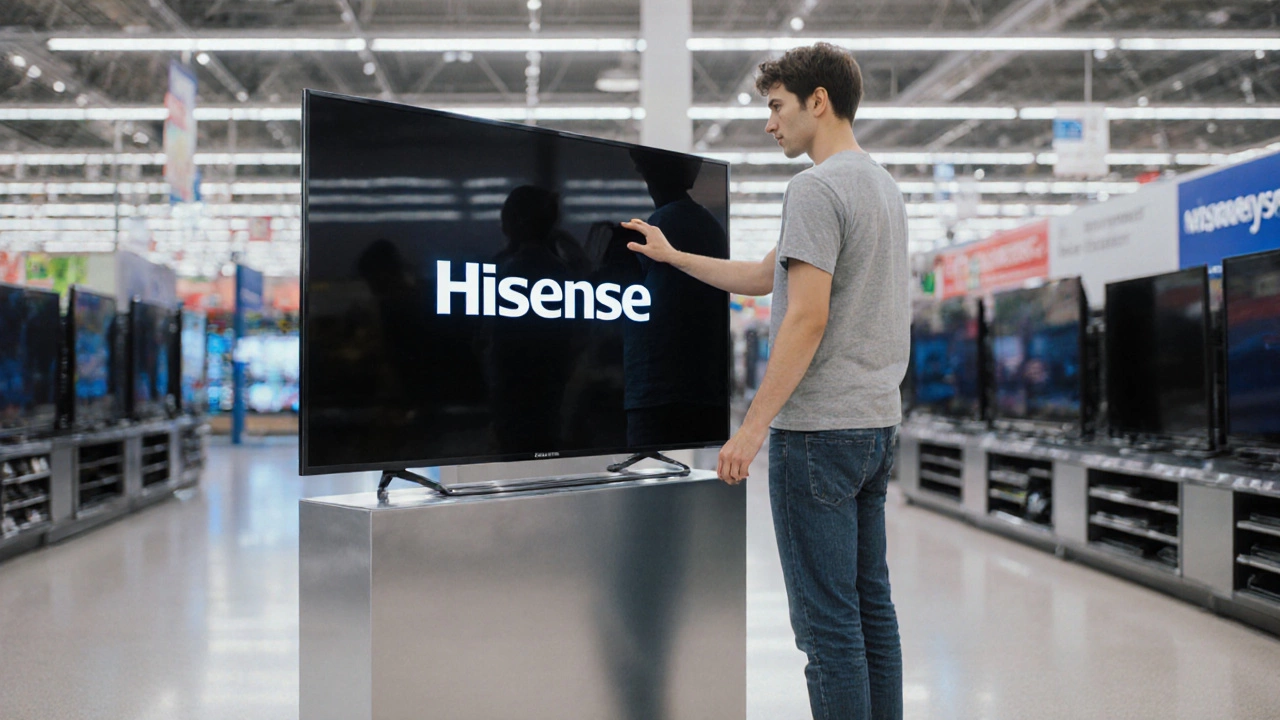
A detailed review of Hisense TVs covering picture quality, smart features, reliability, pricing, and how they compare to Samsung, LG, and Sony.

Ever bought an HDMI cable and wondered if it’s actually 4K ready, or just another basic one? This article breaks down how to check if your HDMI cable can really handle 4K content. No fancy equipment or tech lingo—just clear, simple steps. You'll find out what to look for on cables, boxes, and even without packaging. Stay confident next time you plug into your 4K TV.
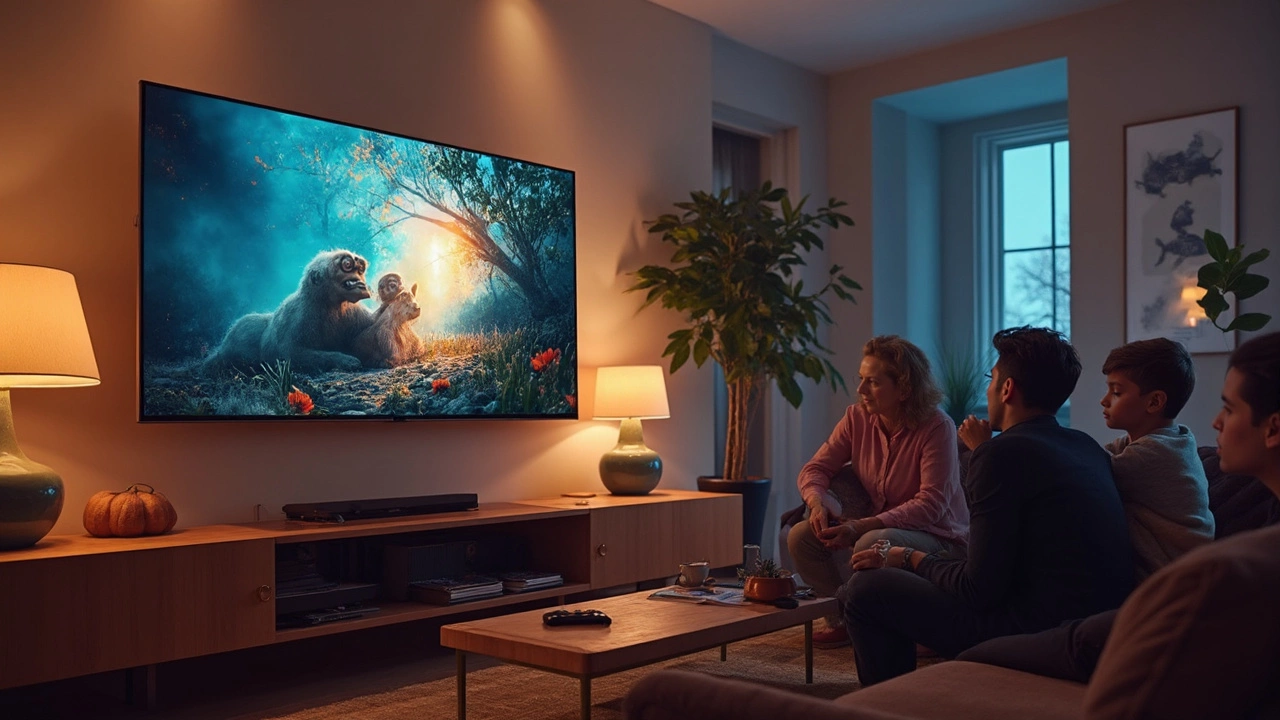
Looking for the best 4K TV can get overwhelming fast. This article breaks down what really sets leading 4K TVs apart—from picture quality and gaming features to smart tech and prices. We cover must-know tips, hidden gotchas, and which specs actually matter. By the end, you’ll understand why some TVs look like magic and others just… don’t. It’s the straight-talk guide every home entertainment fan should have before buying.

Wondering if anything beats 4K TVs? This article breaks down how 4K became the new standard, what upgrades are out there, and if they're actually worth your money. You'll get the scoop on picture quality, where 8K and OLED fit in, and insider tips to make smart TV choices. We'll even look at what matters more—a fancier panel or solid everyday use. No tech talk overload, just what really matters on your screen.
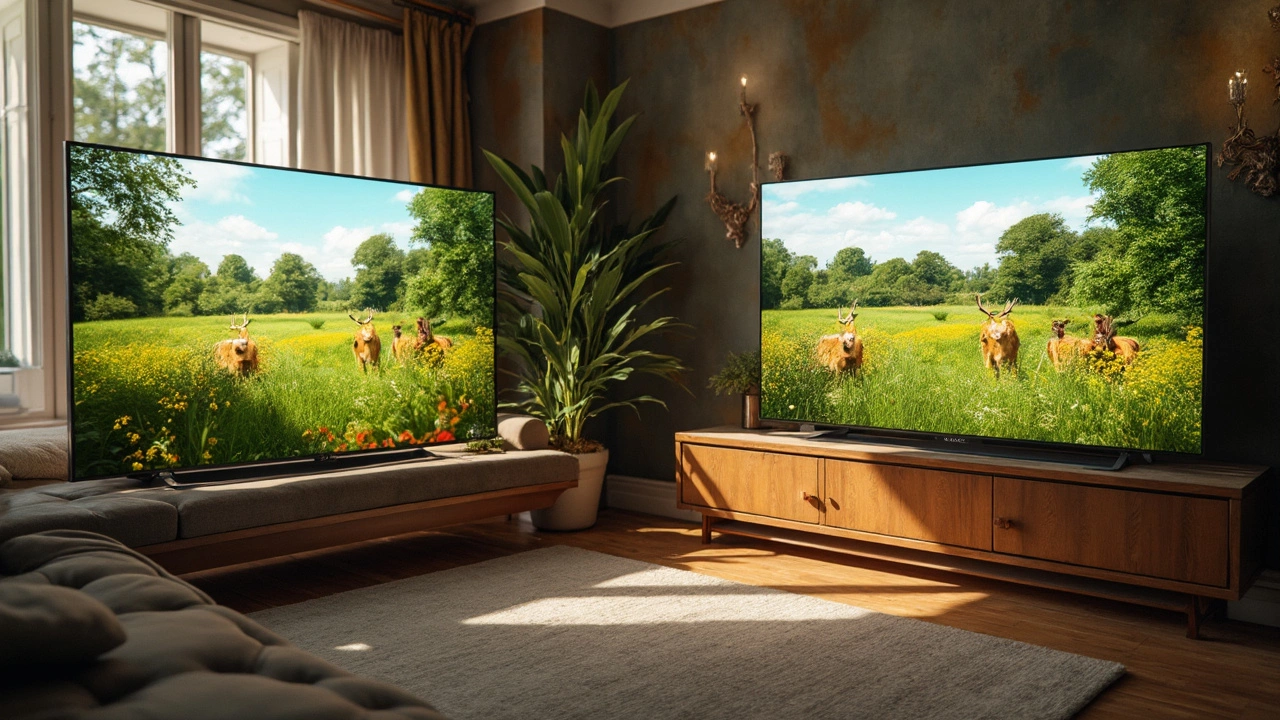
Comparing 4K resolution to 1080p TVs can be like comparing apples and oranges. While 4K boasts four times the pixels, is it truly worth the extra cost? We'll dive into key differences in detail, from visual clarity to cost considerations, and discover when a 4K upgrade makes the most sense. Learn about scaling, content availability, and whether that crisp display is what you really need for your living room setup.

Curious about what happens when you use an 8K HDMI cable on a 4K TV? This article dives into the details, shedding light on how these cables work and whether you'll notice any difference in your viewing experience. Learn about compatibility, potential benefits, and practical considerations, along with some tips for getting the most out of your setup. Discover whether upgrading to an 8K HDMI cable is worth it for your 4K television.
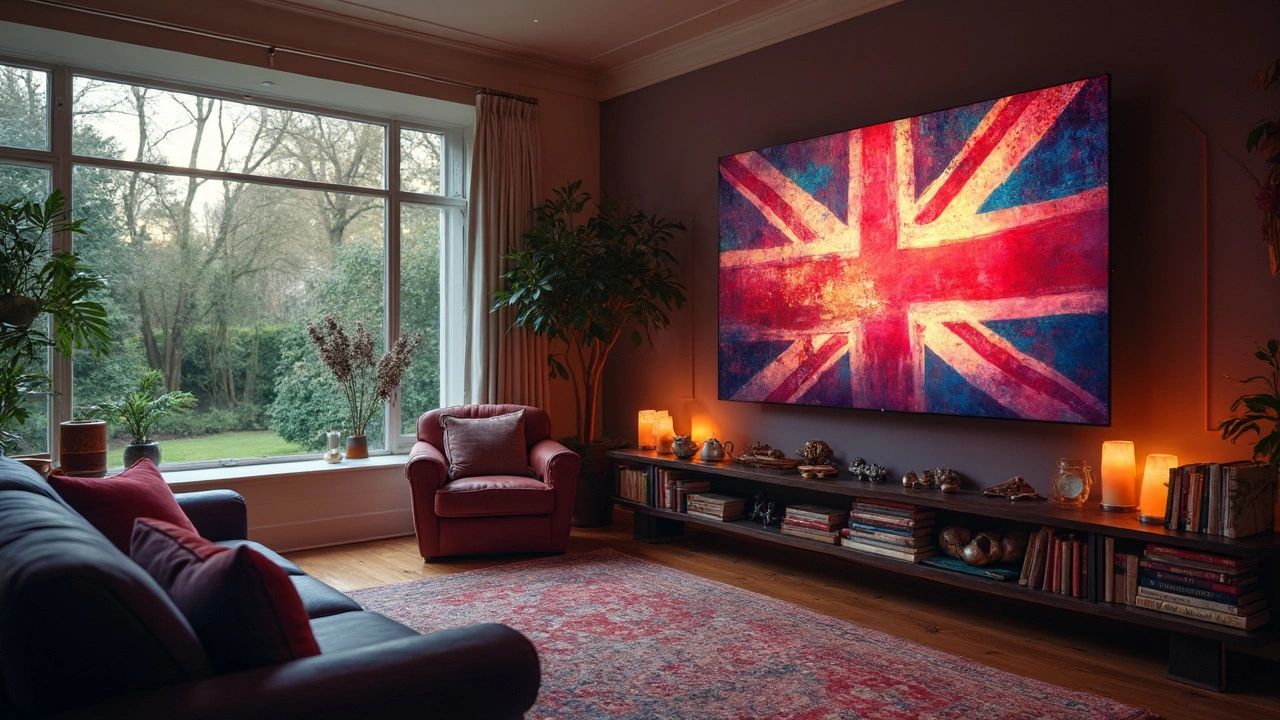
Choosing between QLED and Crystal UHD TVs can be challenging, given their unique features and capabilities. QLED offers vivid brightness and remarkable color accuracy, whereas Crystal UHDs are known for more accessible pricing and decent picture quality. This article examines both technologies, making it easier to decipher which might be the better choice for your viewing habits and environment. It also provides interesting facts and tips related to each option.
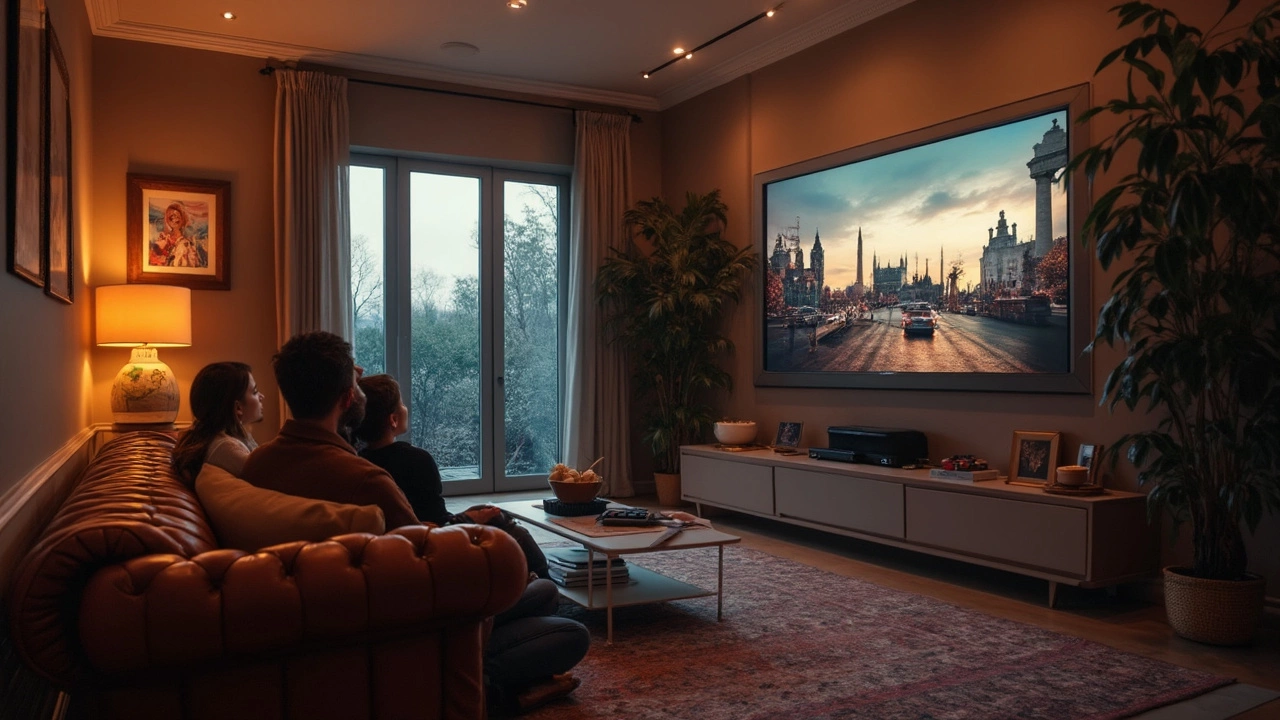
Finding the right distance from your 65-inch TV can change how you enjoy your favorite shows and movies. This guide covers how far to sit from a 65-inch TV for the best experience, considering factors like room size and TV resolution. Learn about the best practices to avoid eye strain and enhance viewing pleasure. Discover tips on adjusting your setup to optimize your home theater experience.
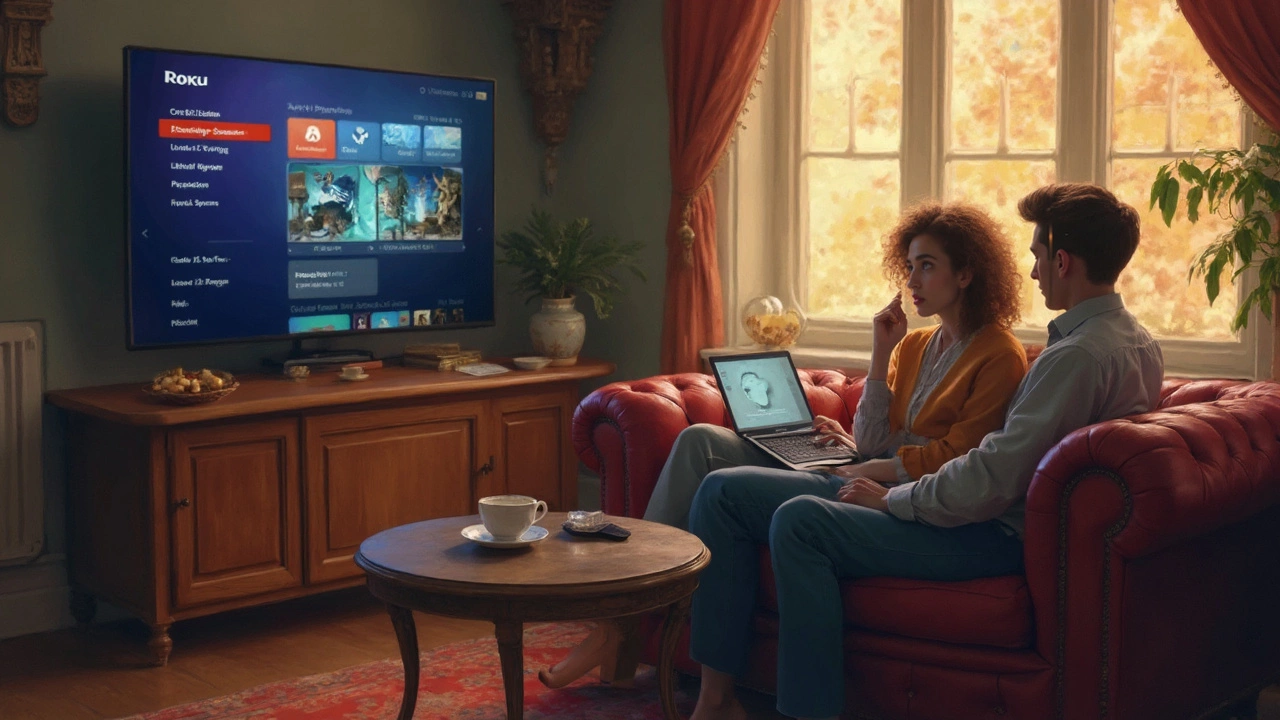
Discover why your Roku account might be charging you a monthly fee of $11.99, breaking down the mystery behind these recurring charges. Dive into understanding how Roku subscriptions work, whether it's a channel fee, premium content, or something else entirely. Learn how to manage these charges, foresee any future expenses, and what to do if you find unrecognized fees. Our guide demystifies your Roku bill and helps you navigate the cost of streaming entertainment.